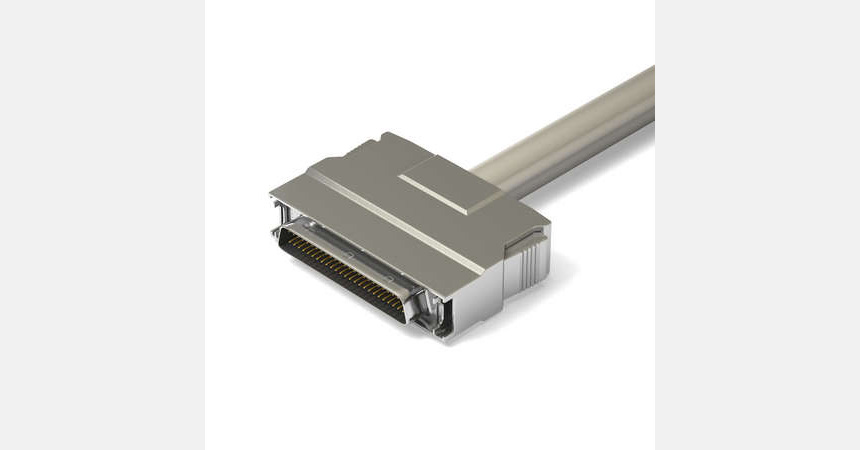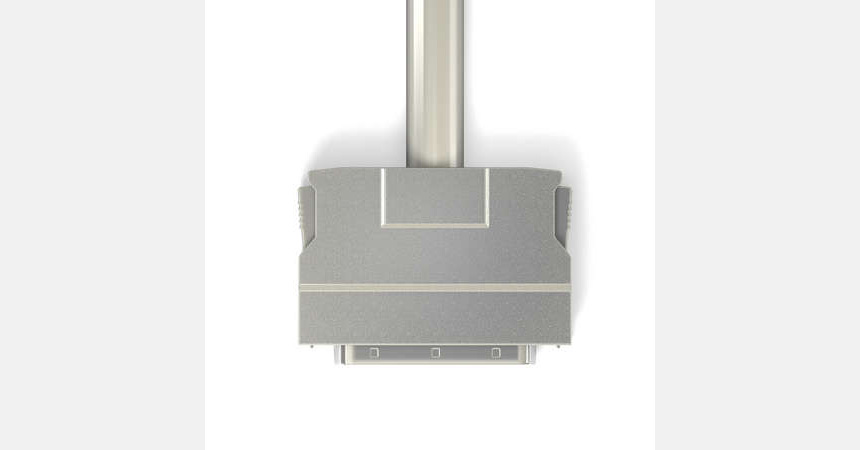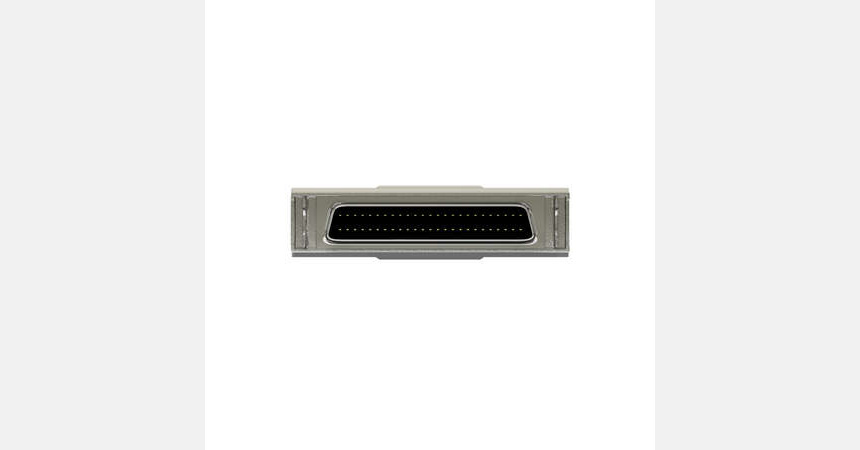What are SCSI connectors?
_
VHDCI .8mm 68-pin
The Very High Density Cable Interconnect or VHDCI .8mm 68-pin connector has 68 pins arranged in two rows one on top of the other. The top row has 34 pins and the lower row has 34 pins. The pin arrangement closely resembles that of a Centronics type interface. This connector is typically used in SCSI-3 applications such as RAID.
_
Centronics 50
The Centronics 50 connector has 50 pins arranged in two rows one on top of the other. The top row has 25 pins and the lower row has 25 pins. This connector is typically used in SCSI-1 applications such as older scanners, controllers, and external SCSI device cases.
_
Internal 50-pin SCSI
The internal 50-pin SCSI connector has 50 pins arranged in two rows one on top of the other. The top row has 25 pins and the lower row has 25 pins. This connector is typically used in internal SCSI-1/SCSI-2 applications such as hard drives, CD-ROMs, and removable storage drives.
_
Internal 68-pin SCSI
The internal 68-pin SCSI connector has 68 pins arranged in two rows one on top of the other. The top row has 34 pins and the lower row has 34 pins. This connector is typically used in internal SCSI-2/SCSI-3 applications such as hard drives, CD-ROMs, and removable storage drives.
_
Micro DB68
The Micro DB68 or MD68 connector has 68 pins arranged in two rows one on top of the other. The top row has 34 pins and the lower row has 34 pins. This connector is typically used in SCSI-3 applications such as scanners, removable storage drives, controllers, external CDR/CDRW, and Ultra/2. This connector is also known as High-Density or HD 68 and Half-Pitch or HP68.
_
Micro DB50
The Micro DB50 or MD50 connector has 50 pins arranged in two rows one on top of the other. The top row has 25 pins and the lower row has 25 pins. This connector is typically used in SCSI-2 applications such as scanners, removable storage drives, controllers, external CDR/CDRW. This connector is also known as High-Density or HD50 & Half-Pitch or HP50.
_
Micro Centronics 50
The Micro Centronics 50 connector has 50 pins arranged in two rows one on top of the other. The top row has 25 pins and the lower row has 25 pins. This connector is typically used in proprietary SCSI-2 interface applications. This connector is rare.
DB50
The DB50 connector has 50 pins arranged in three rows one on top of the other. The top row has 17 pins, the middle row has 16 pins and the lower row has 17 pins. This connector is typically used in early SCSI applications such as older Sun Sparcstations.
Micro Centronics 60
The Micro Centronics 60 connector has 60 pins arranged in two rows one on top of the other. The top row has 30 pins and the lower row has 30 pins. This is typically used in SCSI applications such as an IBM® RS-6000.
Micro Centronics 68
The Micro Centronics 68 connector has 68 pins arranged in two rows one on top of the other. The top row has 34 pins and the lower row has 34 pins. This is typically used in SCSI applications such as an IBM® RS-6000.
HDI-30
The HDI-30 connector has 30 pins arranged in five rows one on top of the other. Each row has 6 pins. This connector is typically used in SCSI applications for the Apple® PowerBook.


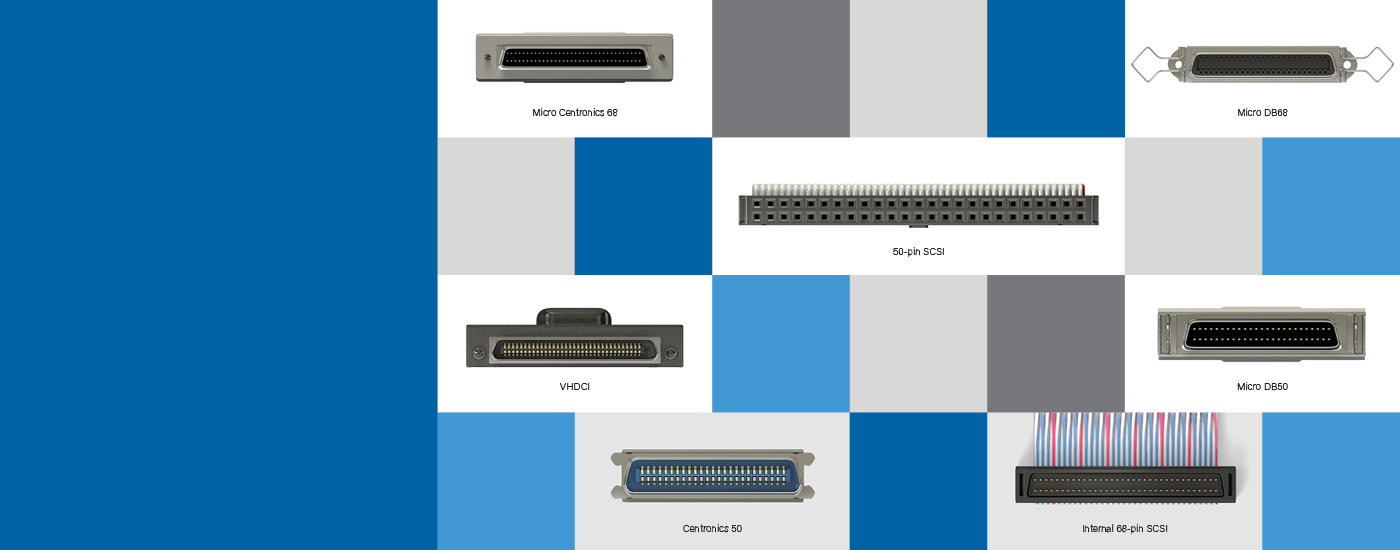
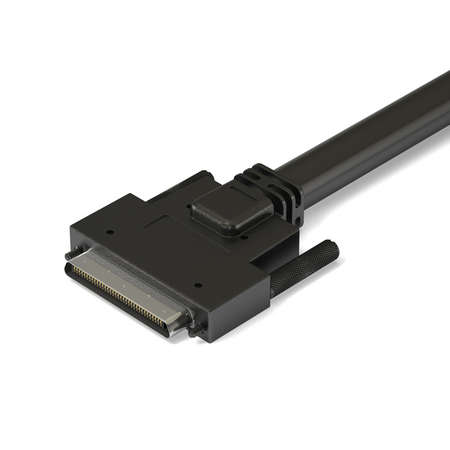 View VHDCI .8mm 68-pin connector gallery
View VHDCI .8mm 68-pin connector gallery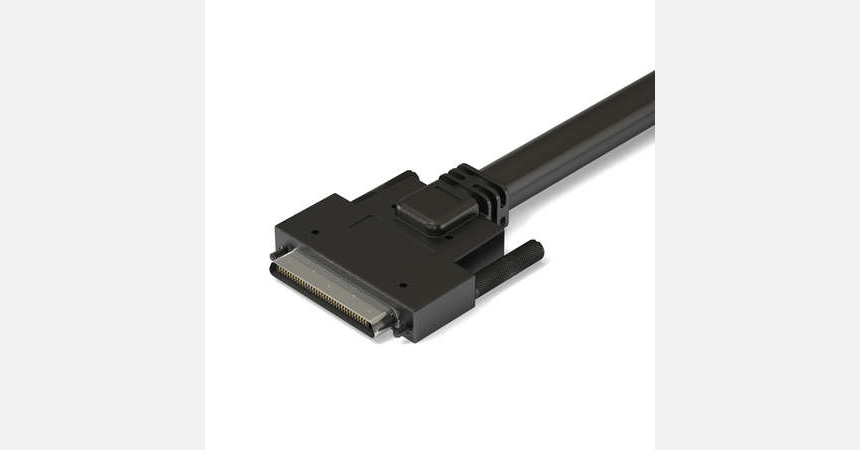
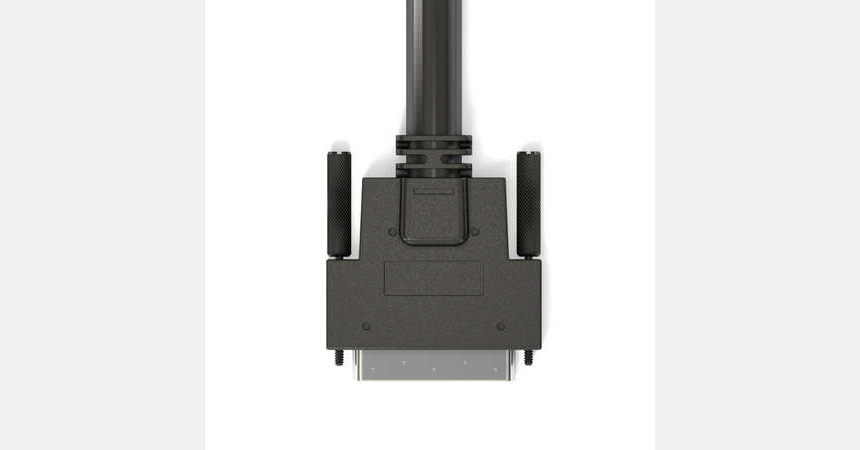
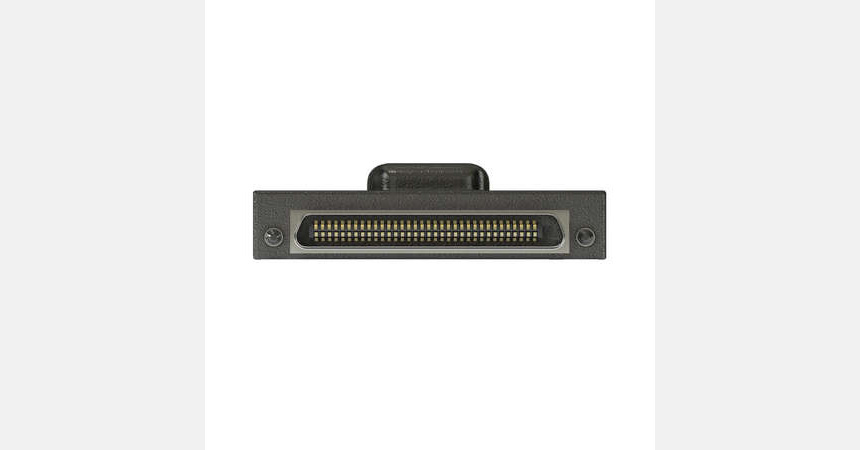
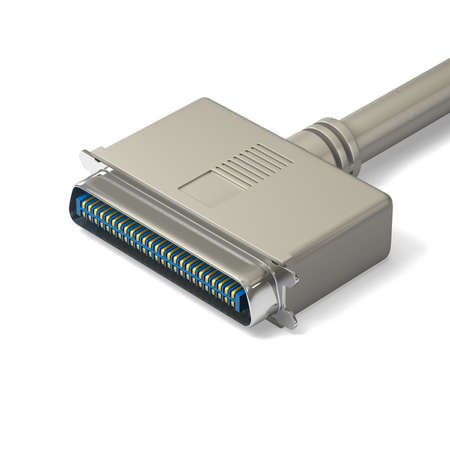 View Centronics 50 connector gallery
View Centronics 50 connector gallery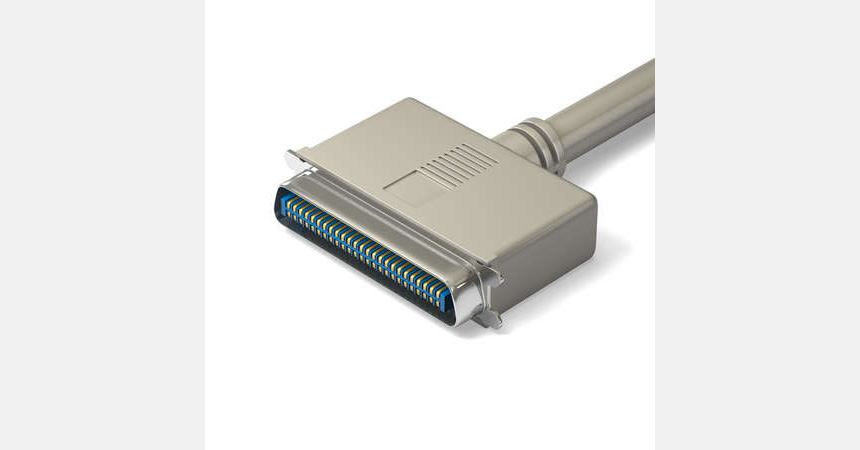
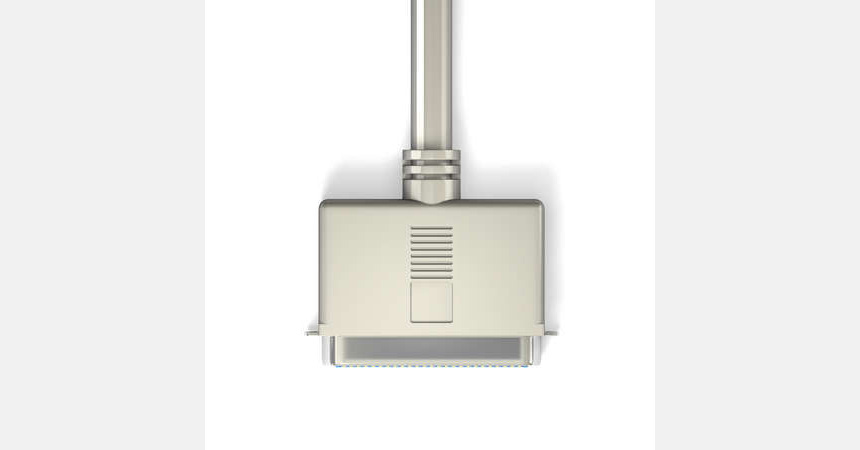
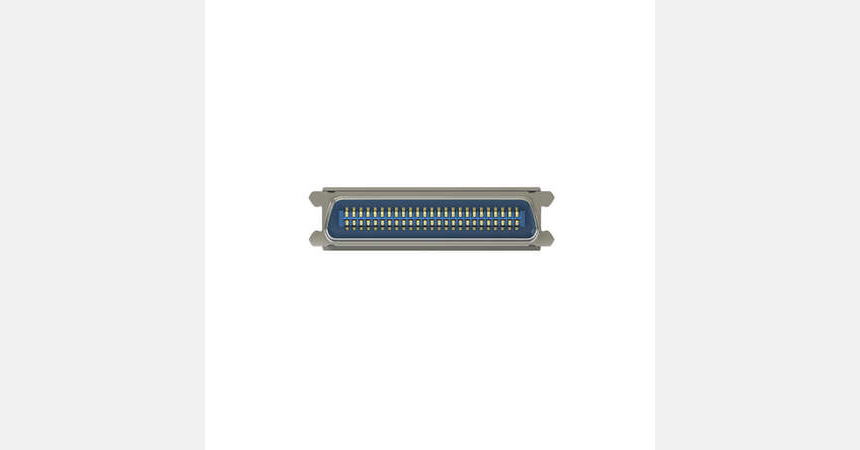
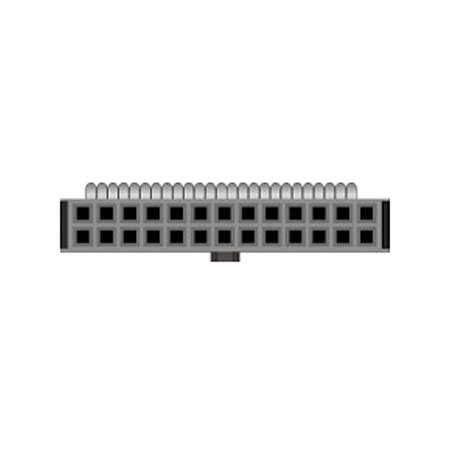 View Internal 50-pin SCSI connector gallery
View Internal 50-pin SCSI connector gallery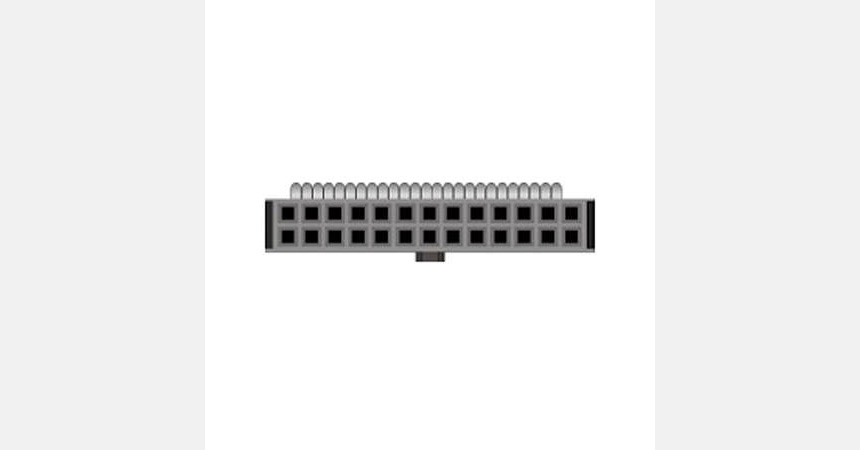
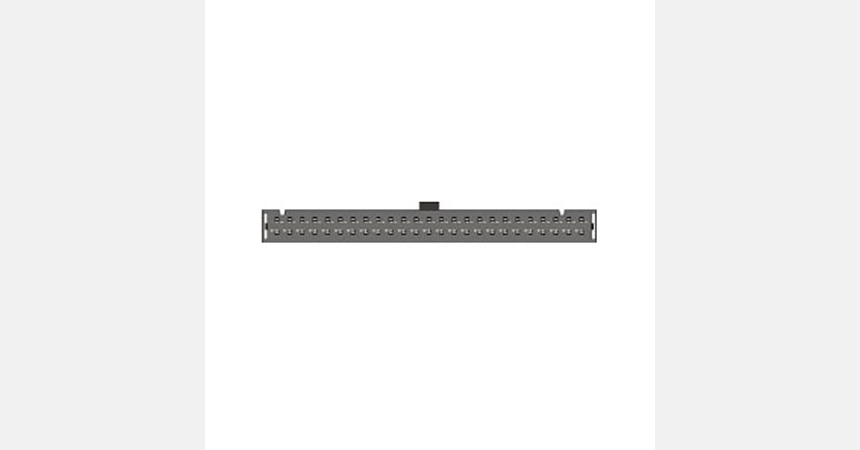
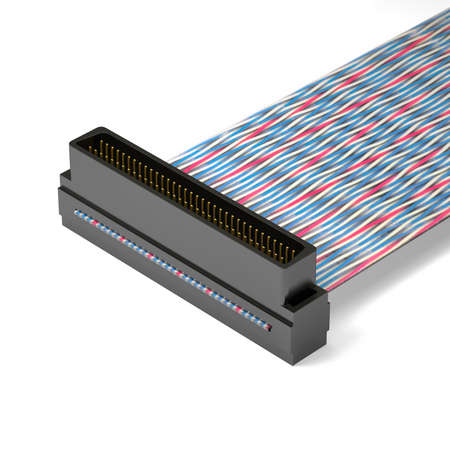 View Internal 68-pin SCSI connector gallery
View Internal 68-pin SCSI connector gallery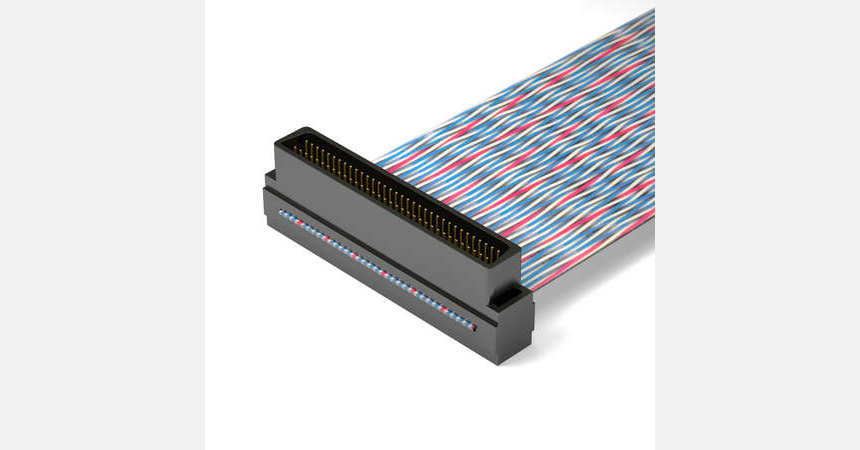
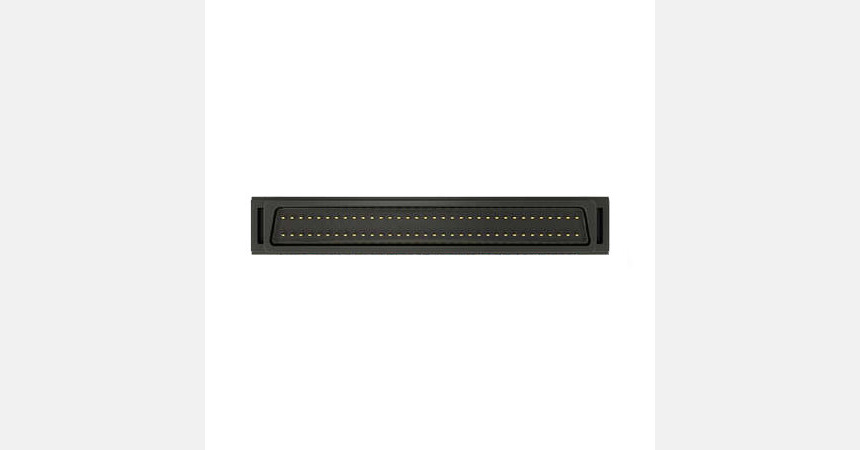
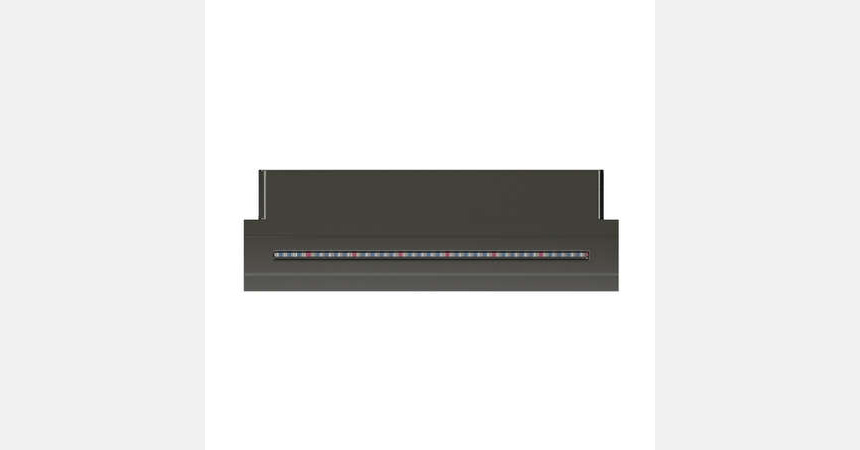
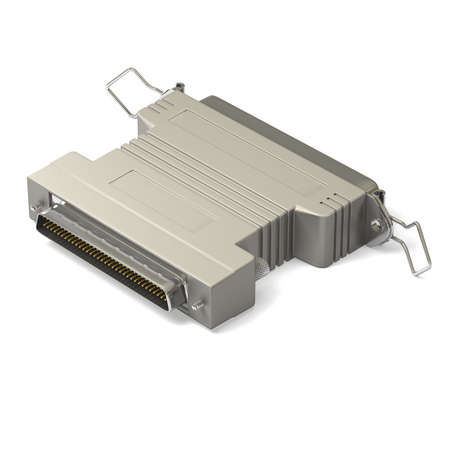 View Micro DB68 connector gallery
View Micro DB68 connector gallery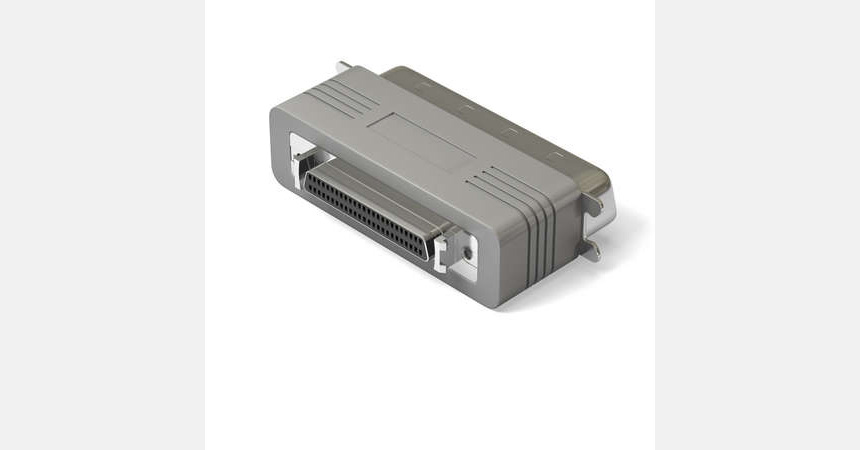
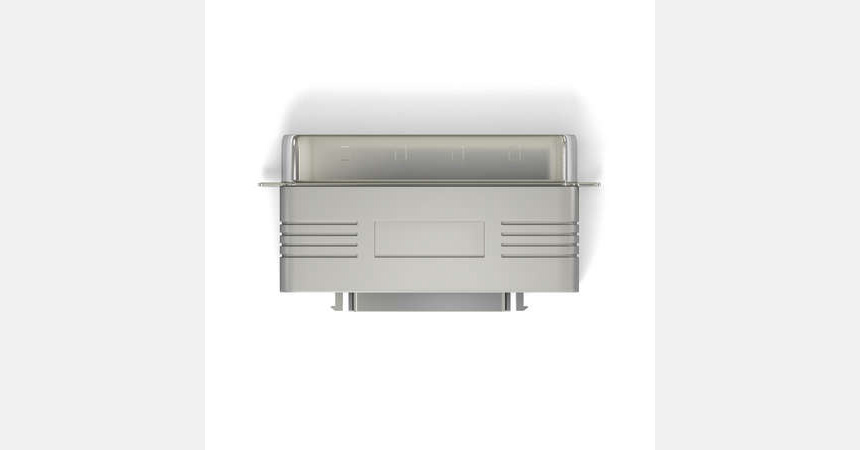
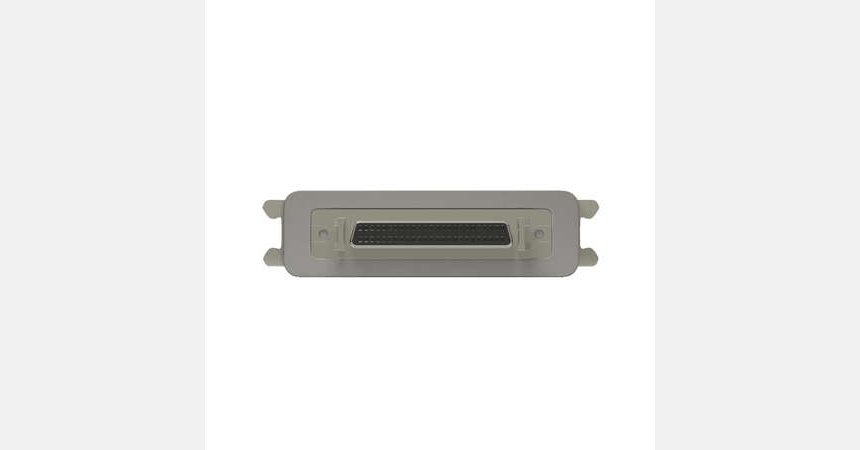
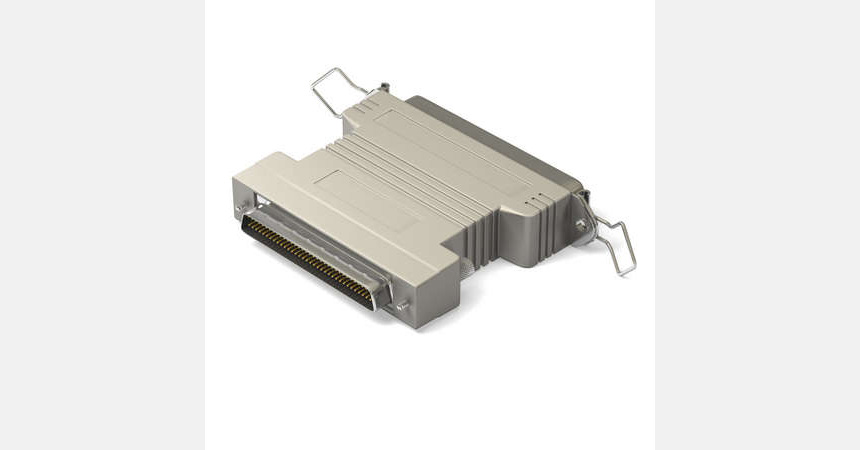
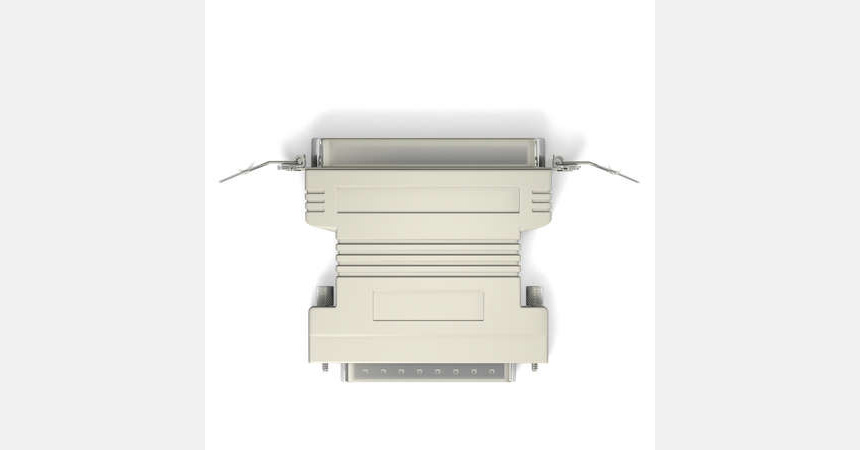
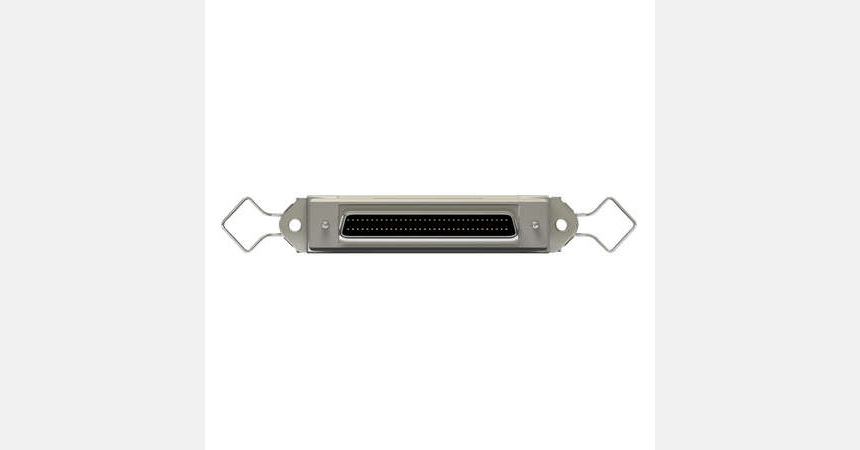
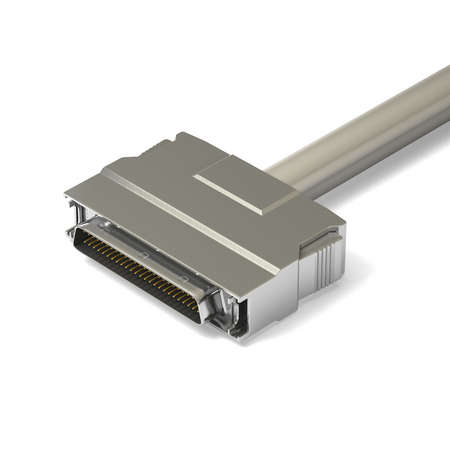 View Micro DB50 connector gallery
View Micro DB50 connector gallery